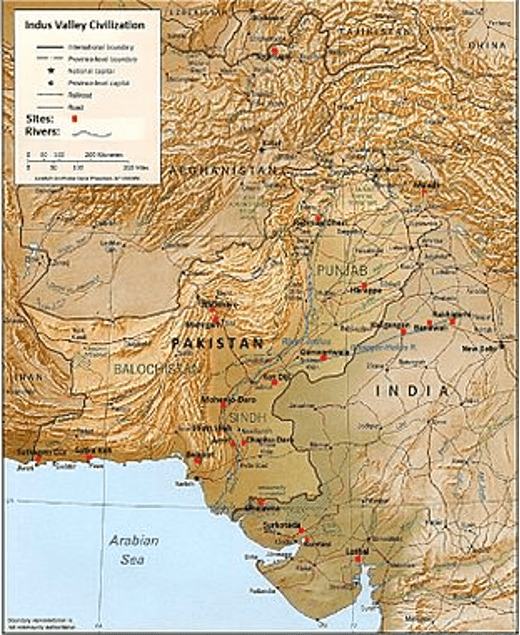
Brandywine-Christina Healthy Water Fund
June 28, 2017Sustainability – an Australian approach
December 16, 2020The linkage between safe water supplies and sustainable communities has been around for centuries. The sustainability of water supply, and the need to manage the spread of disease, are core factors in the long-term survival of civilizations.

Point DuGard Aqueduct, southern France
In the West, the Roman aqueducts, which date back to 300 BC, speak to the understanding of the linkage between disease and water. Eastern civilizations, dating even further back (Indus Valley, 3,300 -1,300 BC), featured planned urban settings with large populations.
The world continues to rapidly urbanize as survival and prosperity are increasingly tied to an “economic growth” paradigm. The movement of people from rural to urban settings creates public health challenges even in our modern era. The World Health Organization continues to report that millions of people die from waterborne disease annually as a consequence of inadequate public health strategies, with access to safe water being a core issue. As the aqueduct graphic illustrates, a built infrastructure of some kind has always been a necessary component for supporting urban public health strategies built around safe water. Successful execution of planning, construction and administration of these systems clearly had a role in the longevity of these civilizations.

Indus Valley Civilizations – Mohenjodaro and Harappa: Planned urban settings with water supply and drainage systems serving a population of ~5 Million
In the U.S., safe water is primarily the province of municipal governments or regional authorities. Privately-owned regulated utilities also have a major role. A sustainable business model for utilities, public or private, is a necessary component of thriving communities. The most widely adopted financial model is one where the “user pays” even though it can be argued that the modern built infrastructure of distributed water supply has a community wide benefitunrelated to the water usage of any particular user.
In Delaware, the Department of Health and Social Services, through its Division of Public Health (Division, DPH), has jurisdiction over water utilities. The Drinking Water State Revolving Fund is a DPH program providing financial support through grants and loans for infrastructure investments. In 2014, the Division contracted with KS Group to support the development of a State-wide water infrastructure needs assessment. The results of that effort can be found at this link: https://dhss.delaware.gov/dhss/dph/hsp/files/dwsrfwiacassess.pdf. A core outcome of the report was the development of replacement cost estimates for water infrastructure at a municipal/private utility level and the linking of the future investment needs to useful life, current age and condition. Some key findings and recommendations:
- Water infrastructure in Delaware has a replacement value (2014 dollars) of $4 Billion, with the bulk of the assets dating bac to 1960 or earlier.
- Based solely on a “useful life” assessment, the State-wide need just for infrastructure renewals is $1 Billion over 20 years
- Forward-looking utilities need to assess their governance, financial policies, management systems and operational systems
- State support is likely to be needed and the State should re-examine its affordability policies to take better account of the impact of future rates on low-income households.
- Financial support for source-water protection programs should be offered for the mitigation of agricultural and urban run-off.
In the subsequent years, KSG has continued to support the Division through the provision of targeted workshops and one-on-one support for sustainable approaches to utility management including financial assessment and planning tools developed by others (found here: https://efc.sog.unc.edu/project/utility-financial-tools). KSG has prepared “sustainability” snap-shots for the smaller municipalities in the State to begin to flesh out what a programmatic approach to this issue might look like.


